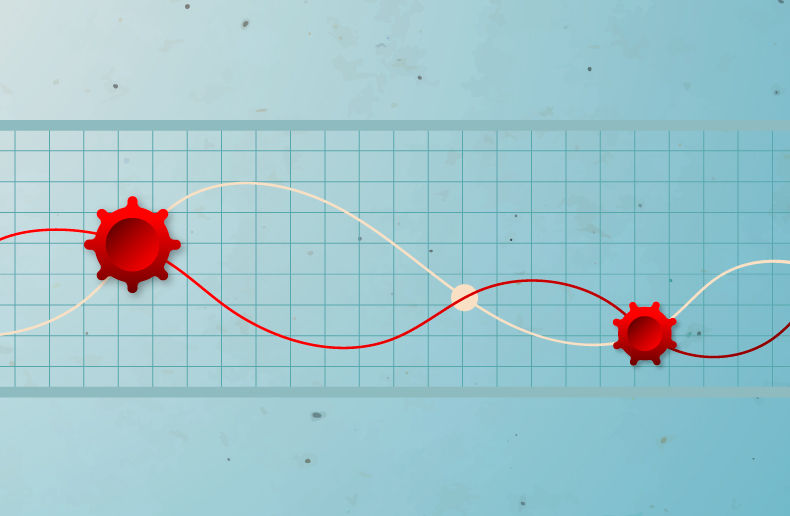The Canadian Institute of Actuaries (CIA) is creating a first-ever, uniquely Canadian mortality table that will in all likelihood lead to higher contributions for defined benefit (DB) pension plans.
The expected results of the new table – lower mortality rates – will be especially difficult for smaller pension plans that have felt the brunt of a number of factors in the recent past and see a new mortality table requiring increased contributions as yet another financial issue that may make it difficult for them to maintain their DB plans.
“They see this as one more negative factor in just a long line of bad news over the past 15 years,” said Joe Nunes, president of Actuarial Solutions Inc., whose firm represents smaller pension plan sponsors. “It’s just another nail in the coffin for traditional DB plans.”
Longer life spans of retirees, as well as low interest rates and/or low investment returns, have hit many DB plans over the past few years.
A research study on the new mortality table, expected to be made public around June, is an updated version from a table that came out in 1994, called UP94, which contains a mixture of U.S. and Canadian mortality experiences and is based on data collected in the 1980s. But while the U.S. and Canada currently have similar mortality experiences at age 85 and up, life expectancy for those below that age is higher now in Canada than in the U.S., said CIA past president Bob Howard, a life insurance actuary and member of the committee working on the table.
The table, which is expected to be in use later this year, is especially important for the evaluation of pension plans because most plans in Canada are not large enough to develop their own tables and therefore rely on the CIA-sanctioned data, said Jacques Lafrance, CIA president-elect and a pension actuary.
It is more than likely that the new made-in-Canada table will show lower mortality rates (ie. higher life expectancies) and that will mean increased contributions to provide guaranteed benefits.
“Pension plans are subject to regular evaluation by actuaries who determine how much employers must pay to back the benefits. So we could expect an increase in contributions and an increase in the pension cost reported in companies’ financial statements. Some companies are already aware of this possibility and they are somewhat concerned. But at the end of the day, the role of the actuary is to provide the best assessment possible of the true cost of pension plans,” said Mr. Lafrance. “It’s better to recognize these higher costs now than be reflected later.”
The true cost of a pension plan cannot be fully known until everyone in the plan has died, said Mr. Howard. But he also said having an accurate assessment of what the mortality is now and what it’s expected to be over the next several years gives the industry a better chance of putting an appropriate charge to today’s contributors so there won’t be “an upset in equity” between the current and next generation of contributors.
For large pension plans that can afford to come up with their own mortality tables, the new table is not likely to have a huge change in the values of the pension plan, said Mr. Howard. “It may result in a little bit better equity of one generation compared to another, but it will be a tweak as opposed to a revolutionary change,” he said.
A jump in liabilities
Mr. Nunes said his small clients, which he described as having less than $100 million in assets, don’t have enough mortality experience nor do they want to pay for a customized mortality study to develop a table that’s appropriate to their plans. So they are using the industry-developed table.
“Right now, the industry is on the cusp of introducing a new standard table and the anxiety out in the industry for actuaries in the smaller plans is that we are about to see a jump in liabilities,” said Mr. Nunes. “Whether that’s a jump of three per cent or five per cent or eight per cent in liabilities, we don’t know yet. That’s why we, as actuaries of the smaller plans, are concerned because the table we’re now using will probably shift to a new standard table and that’s going to push those liabilities up.”
Pension plans that are experiencing good returns may be able to offset at least part of the increases, added Mr. Nunes.
A new mortality table will also have an effect on the transfer values for employees who want to commute their DB pensions – that is, take their DB pension in a lump-sum when they terminate employment rather than receive a pension in the future. However, Mr. Lafrance said he does not expect this to happen until next year and in some cases this will require changes in provincial legislation.
The life insurance industry, while it too is affected by lower mortality rates, will probably not feel the impact of a new table because they are used to having studies done among themselves on an annual basis and produce their own tables periodically, said Mr. Howard. In addition, insurers have become very sophisticated in how they fund their liabilities.









